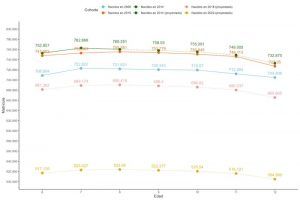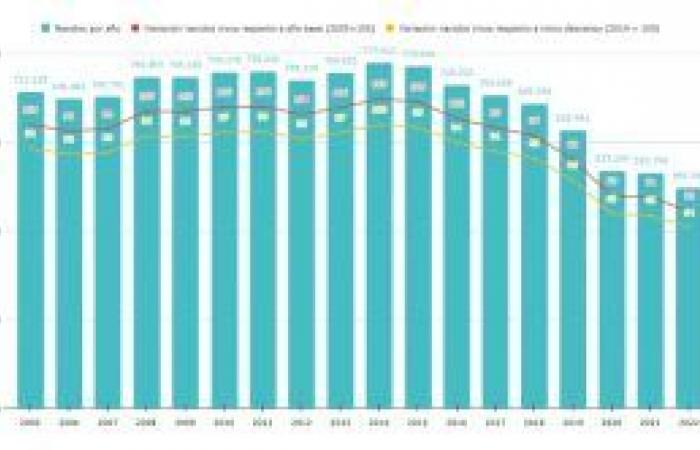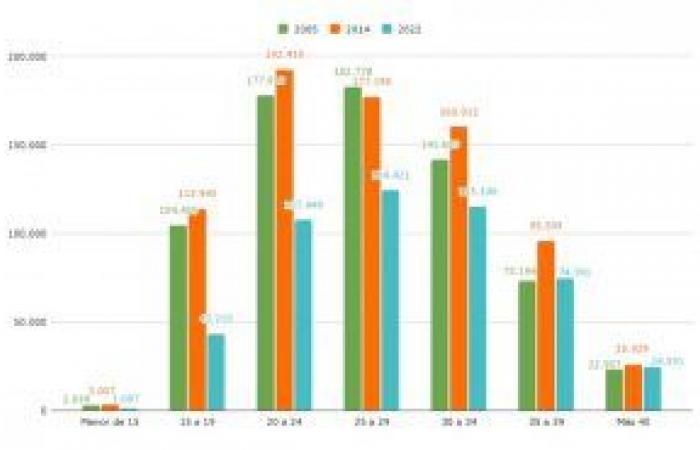The number of live births fell by 36% between 2014 and 2022. The figure fell from 777,012 to 495,295 births per year in 8 years. This demographic trend is already impacting the education system, and a drop of around 31% in school enrollment is expected in the coming years.
The data comes from the report “Birth Rate and Educational Demand” by the Observatory of Argentinos por la Educación, authored by Rafael Rofman (Center for the Implementation of Public Policies for Equity and Growth), Martín Nistal and Leyre Sáenz Guillén (Observatory of Argentinos por la Educación). The document addresses the implications of demographic change in the organization of the educational system by receiving fewer students due to the decrease in births. To do so, it uses official data on school enrollment, population and birth rates at the national level, and proposes public policy alternatives to take advantage of the decrease in births.
![]()
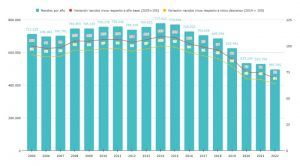
In the 24 jurisdictions of the country, the number of births fell between 2014 and 2022. The largest decreases were in Tierra del Fuego (-49%), Jujuy (-44%) and the city of Buenos Aires (-44%). On the other hand, the smallest decreases occurred in Chaco (-21%), Santa Fe (-28%) and Misiones (-29%). The largest decreases were observed in adolescent women and young people under 25 years of age: among them, the drop is 40% to 60%.
This demographic trend has an impact on the enrollment of students in the educational system. Taking as a reference the number of people born between 2006 and 2022, it is estimated that primary enrollment will fall by approximately 28%. This drop is even more abrupt between 2014 and 2022, a period in which a drop of 31.4% in student enrollment is estimated.
“Between 2014 and 2022, fertility in Argentina declined more rapidly than in the previous 60 years. This change brings important challenges for society, but also unique opportunities. The opportunities are even greater in the education system, where fewer children will free up resources (human and material) that can result in a rapid improvement in the quality and results of our education system,” says Rafael Rofman, co-author of the document and principal researcher at Cippec.
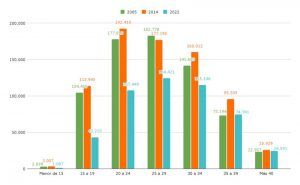
Among the many possible policies to be implemented, this report considers three scenarios to take advantage of the opportunity and improve educational quality. The first is to maintain the number of sections (classrooms), and reduce the number of students per classroom, to promote personalized teaching. The second is to maintain the number of students per classroom and increase the number of teachers who act as tutors. The third is to maintain the number of students per classroom and train teachers on a rotating basis while they are not in charge of a class.
The evidence compiled in the report shows that these three situations can lead to improvements in students’ scores on standardized tests and can also impact better academic and employment trajectories in the long term. The authors stress that the drop in births will only represent an opportunity to improve educational quality if the right policies are implemented.
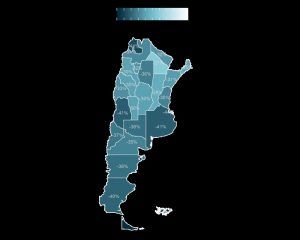
“The notable reduction in the birth rate and its impact on school enrollment poses an unprecedented scenario for the Argentine educational system. With fewer students entering the system, it is essential to reimagine how resources are distributed and innovative educational policies are implemented. This report offers concrete ideas with high potential to improve educational quality and close existing inequalities, among which I especially highlight those that focus on strengthening the role of the teacher,” says Dolores de la Mata, principal economist at CAF-Banco de Development of Latin America.
“The drop in the birth rate in Argentina opens opportunities to improve education in the country. In this report, the authors quantify the phenomenon and its impact on school enrollment, and analyze policy options to take advantage of this situation. In my opinion, the report is a necessary and valuable first step to inform the design of policies that allow enhancing the opportunities offered by the demographic dividend for the improvement of education in Argentina,” says Mariana Marchionni, senior researcher at the Center for Distributive Studies. Labor and Social (Cedlas).
“The report raises and places at the center of its consideration an interesting and important issue such as the probable number of students who will enter (and subsequently demand) a place in the primary level educational system, taking into account the drop in birth rates observed in the period considered and the alternatives that can be implemented to improve student learning by making use of the advantages provided by the demographic dividend,” describes Martín Moreno, researcher at the Center for Population Studies (Cenep).
Florencia Sichel, philosophy professor, author and popularizer, reflects: “What are the effects of the drop in births? How are we willing to accompany people who do want to bring sons and daughters into the world? To what extent will the drop in the birth rate imply a profound change in the organization of education in schools? In this report we find answers to many of these questions that seem from the future, but are happening now.”
